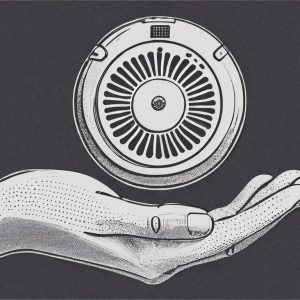Hook, Hampshire-based Superscape VR Plc has proven virtual reality is now a desktop reality, by running its VRT virtual reality software on a Pentium-based personal computer. At Multimedia ’95 in Kensington, the company demonstrated with ease how a ‘virtual world’ such as a city centre or a factory can be created by calling in any of more than 200 ‘intelligent’ clip-art items, for example a door that will open and close, or an overhead projector that switches on and off. New items can be built simply, said the company, and added to the ‘world’, which is a database containing the definition of a three-dimensional model. The world is then brought to life using the visualiser software. Using a mouse, the user can walk through the world, turn and look at it from any angle, open doors, operate machinery, and even sounds are realistically distanced, so that they will get louder as you get closer. The Superscape software runs in as little as 8Mb memory – eat your heart out Microsoft Corp – on a 33MHz 80486 personal computer. Interacting with the world is done in real time, and therefore does not require large files to be stored. The basic development package costs ú3,450. At the show, the company demonstrated some of its customers’ commercial applications, including Motorola Inc, which built a virtual robot-controlled production line in Florida to assemble its pagers, in order to get the procedures right before building the real thing. Motorola also uses the software to train people in how to operate the line.
Virtual actor
In true virtual style, the demonstrations were hosted by Mr Ronnie Rigsby, a virtual actor created by Superscape authorised developer Televirtual Ltd of Norwich, Norfolk, using its new ‘Impersonator’ software. Impersonator is a speech recognition system that enables animated characters to present live at point-of-sale sites, conferences and exhibitions. Ronnie is controlled by an actor talking into a microphone linked to the personal computer, and operating various set commands for facial expressions and movement. Superscape said that to create a Televirtual impersonator cost less than ú10,000, where traditionally it cost up to ú200,000, requiring a Silicon Graphics Inc workstation and a complex procedure for collecting facial expressions and synchronising speech, as we explained apropos the Alfred Hitchcock Nationwide Building Society commercial (CI No 2,546). Televirtual also created two virtual reality game shows for UK television, Cyberzone and Virtually Impossible using Superscape software. Existing applications using the software also include safety and training, education, design and planning, research, sales and promotion, and entertainment.






